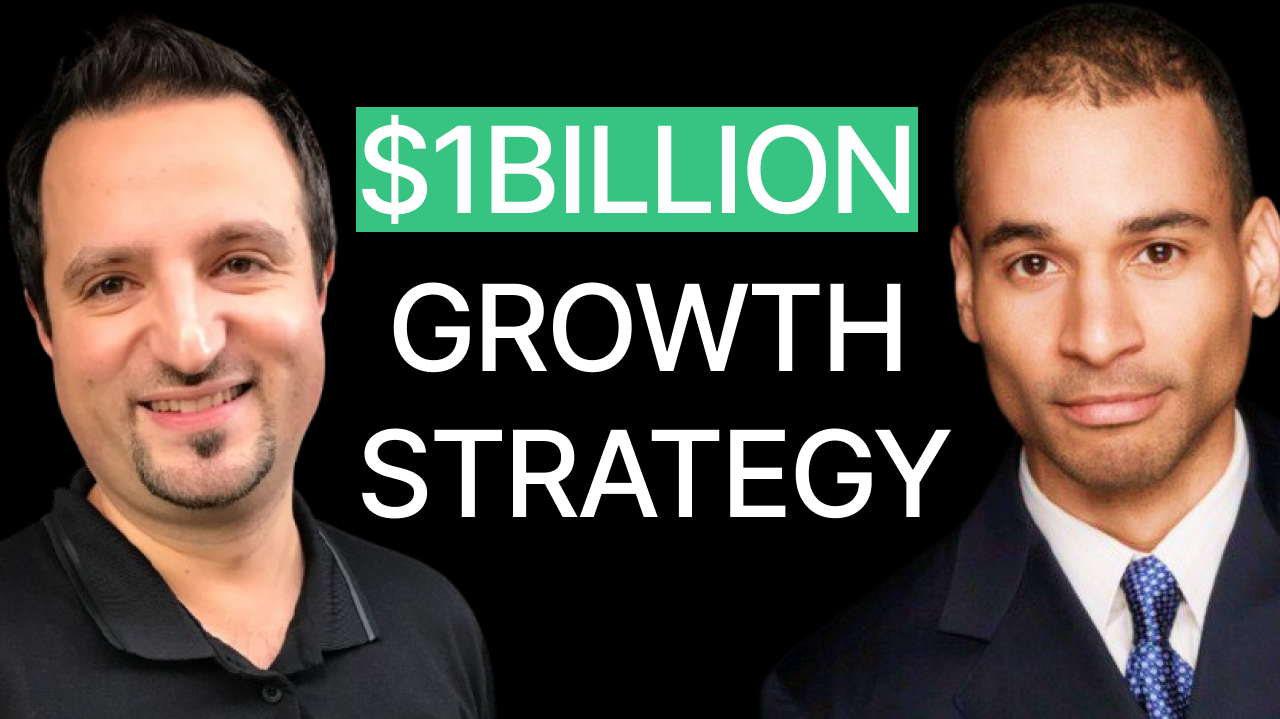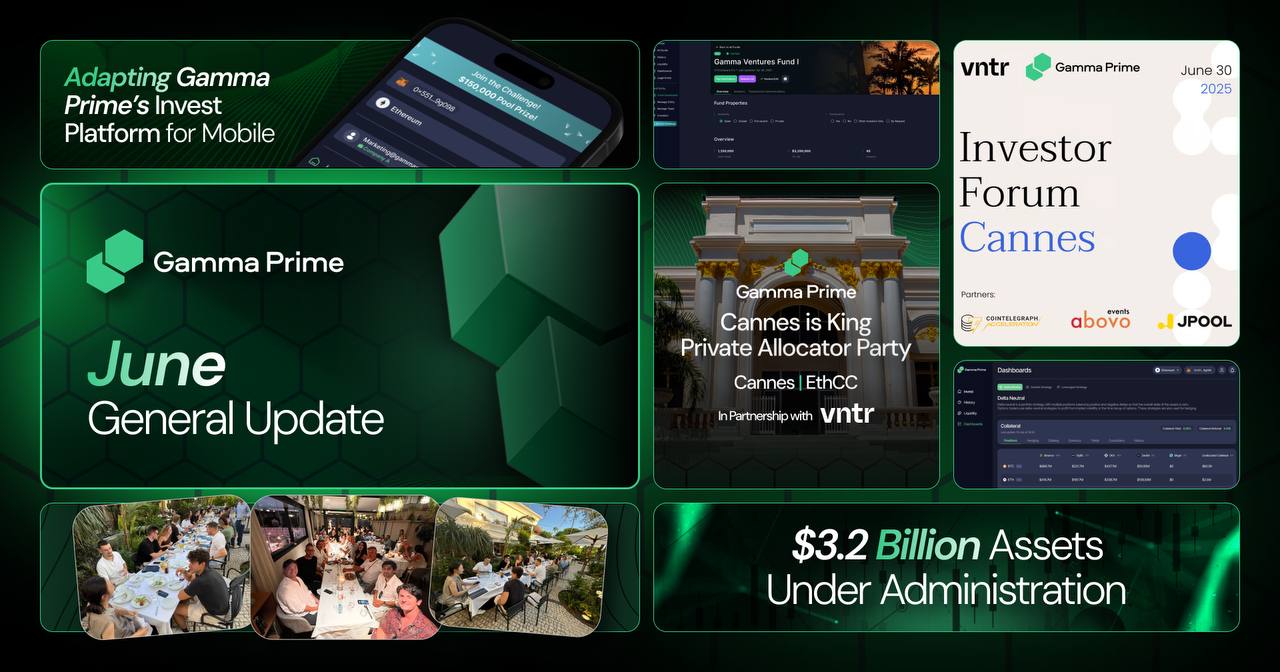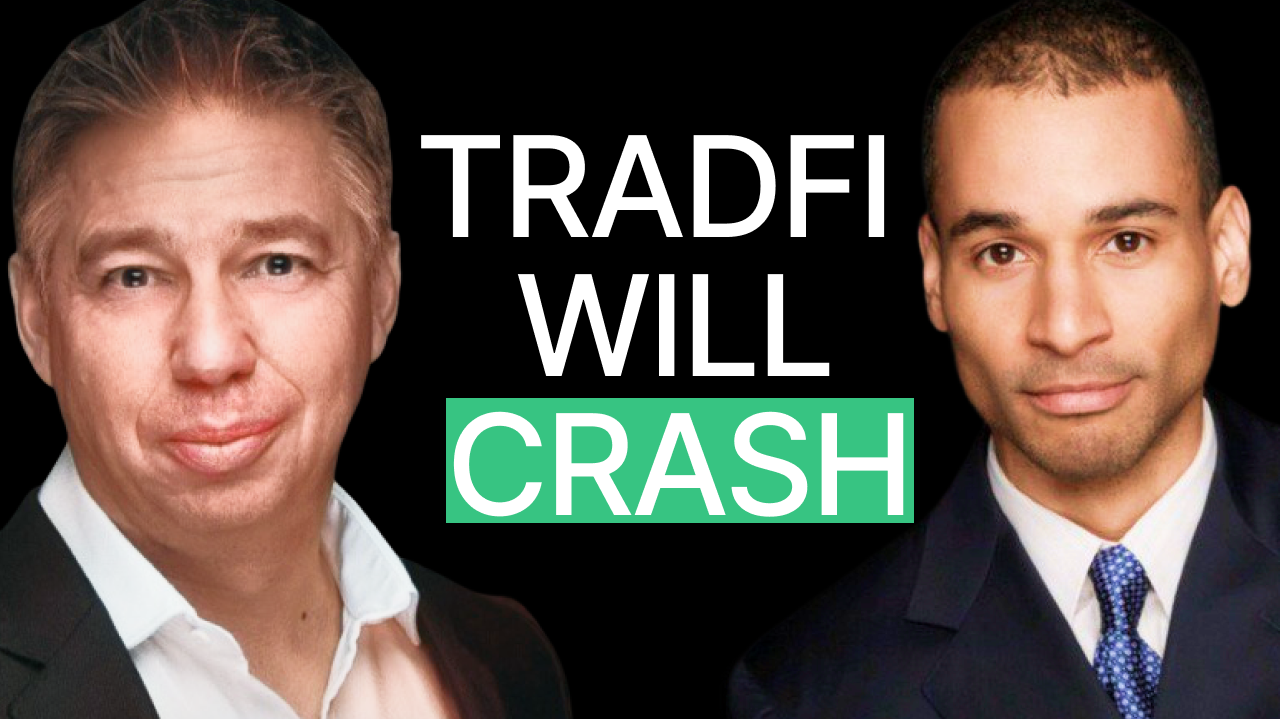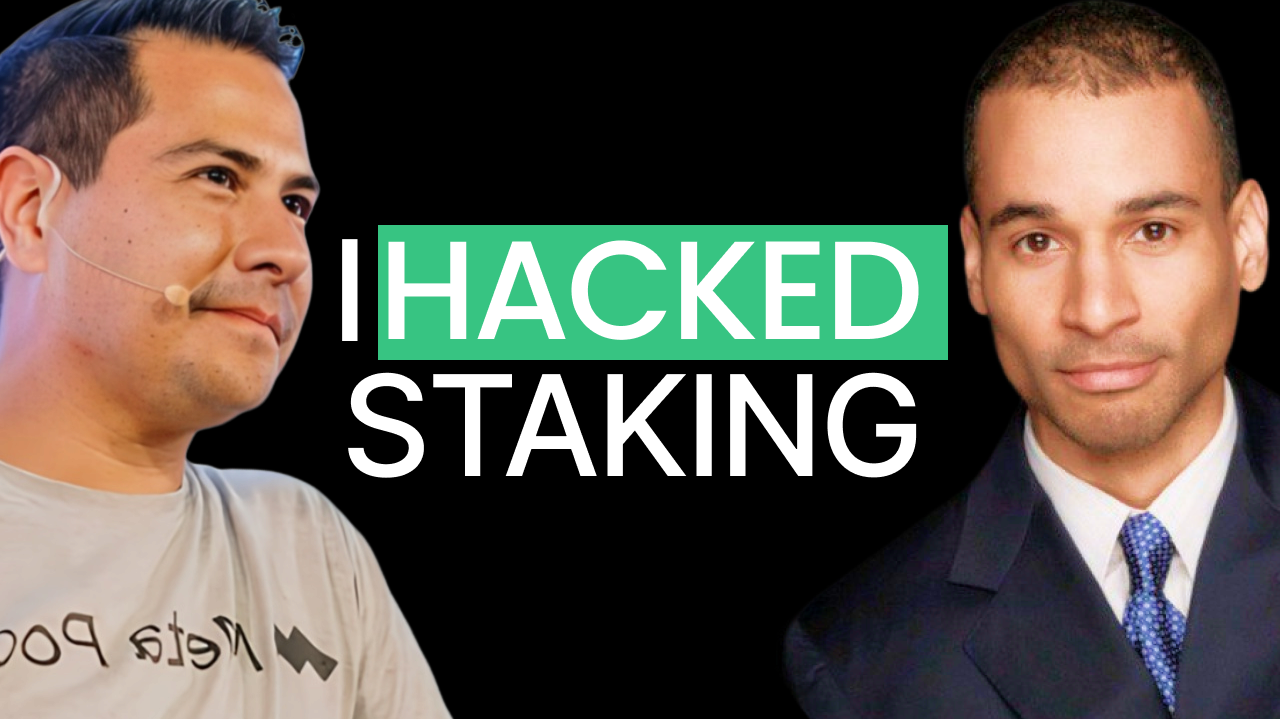Watch the full video interview on Gamma Prime’s YouTube channel – https://youtu.be/eT8KvJ7xZJU.
We sat down with Mego from Vybe Network to talk about how they’re building the data layer for Solana. They’re helping developers access clean, reliable blockchain data through simple APIs, powering everything from DeFi dashboards to AI tools. They’re also working on a smart portfolio app and experimenting with new ways to use liquid staking tokens like VibeSOL. In this interview, Mego shares how it all works, what’s next, and why mobile and real-world assets are key trends to watch.
Interview with Mego, Head of Marketing at Vybe Network
Korath (Gamma Prime):
Great to have you here, Mego. We’ve been following your team with a lot of interest. For those in our community who might not know you yet, could you start with a quick intro?
Mego (Vibe Network):
Absolutely. Thanks, Korath, happy to be here.
I’m Mego, leading marketing and growth at Vibe Network. I’ve been with the team for a couple of years now, and we’re really hitting that scaling phase where all the foundational work starts to pay off.
Korath:
Let’s rewind a bit. What was the original vision behind Vibe Network? What problem did you see in the space?
Mego:
Vibe started as a response to a very specific issue on Solana, indexing. Solana is incredibly fast and efficient, but that comes with complexity when you’re trying to access and use on-chain data.
We saw that builders were spending way too much time managing raw data infrastructure instead of building products. So we focused on making Solana data accessible, actionable, and reliable through refined APIs and WebSockets. That’s been our north star since day one.
Korath:
So you’re kind of like the behind-the-scenes infrastructure, giving devs clean, ready-to-use data?
Mego:
Exactly. Developers usually start with RPCs to get raw data, but it’s not enough. You need to parse, store, and interpret that data in meaningful ways.
We offer API endpoints that allow teams to plug directly into refined data streams, for things like wallet balances, token tracking, staking positions, or even on-chain behavioral analytics. That frees teams to focus on product differentiation instead of data plumbing.
Korath:
Can you give some real-world use cases?
Mego:
For sure. Imagine you’re building a DeFi dashboard or a lending platform. You need to show users all their assets, positions, and transaction history, all in one place. Doing that directly from chain is painful.
Instead, they use our endpoints to build rich, real-time portfolio views. Recently, during a hackathon, we opened up our APIs for Telegram bot builders, and people built bots that did wallet tracking, price alerts, even copy trading.
We’re even seeing AI developers tap into our APIs to feed on-chain intelligence into LLMs and trading algorithms. That’s a whole new frontier.
Korath:
So you’re not just powering dashboards, you’re helping AI interact with blockchains?
Mego:
Exactly. We’re at the intersection of on-chain data and intelligent applications. And on our own side, we’re building a smart portfolio app, not just showing you what you own, but giving AI-powered suggestions: how to rebalance, reduce risk, or even auto-optimize your exposure.
Think of it as the evolution from static dashboards to dynamic, decision-support tools, powered by real-time Solana data.
Korath:
And all of this is built on your own backend infrastructure?
Mego:
Yep. That’s one of the unique parts of Vibe. We’re our own customer, the same APIs we offer to external devs power our own wallet portfolio product. That feedback loop helps us improve the core data layer constantly. We build the plumbing and the faucet.
Korath:
How’s adoption going?
Mego:
It’s been a process. We spent a year experimenting, iterating on the app, and talking to users. Data products can be hard to “feel”, so getting the UX right took time.
Now we’ve found product-market fit and we’re ready to scale, which means lots of events, growth campaigns, and ecosystem partnerships. That’s where most of my time is going.
Korath:
Let’s talk growth. What’s different about marketing in Web3?
Mego:
It’s a different beast from Web2. In Web3, you’re dealing with community-first ecosystems, incentive design, and often no token to rely on for hype. You have to be creative.
Next week, we’re launching a referral-based flywheel using our liquid staking token, VibeSOL. Users who hold VibeSOL and refer others earn points. Those points convert into entries for weekly raffles funded by validator rewards, no inflation, no dump mechanics.
Korath:
So it’s like: stake, refer, earn rewards, and no sell pressure?
Mego:
Exactly. VibeSOL is staked SOL, so it gives ~8% APY. But instead of just passive yield, you also unlock premium features in our app and get raffle entries.
It’s a gamified, utility-first way to align growth with user value. And all rewards come from validator revenue, so it’s sustainable and doesn’t dilute anyone.
Korath:
Smart. That’s a new take on monetization in DeFi. Looking ahead, what trends or narratives do you think are underappreciated?
Mego:
Two big ones. First: RWAs (real-world assets), massive momentum from institutions there, especially on Solana. Second: Solana Mobile, they’re building a new ecosystem of mobile-native dApps outside the Apple/Google monopolies.
That’s a huge opportunity for new types of consumer products. If you’re building something UX-first for everyday users, now’s the time.
Korath:
Love it. This has been incredibly insightful. Mego, thanks so much for taking the time. Let’s definitely continue this conversation in future episodes.
Mego:
Appreciate it, Korath. Always a pleasure.



